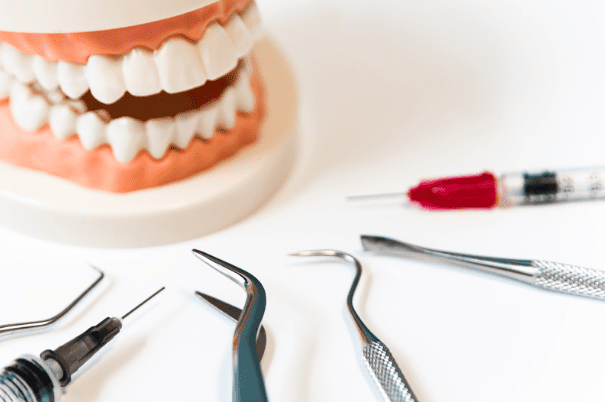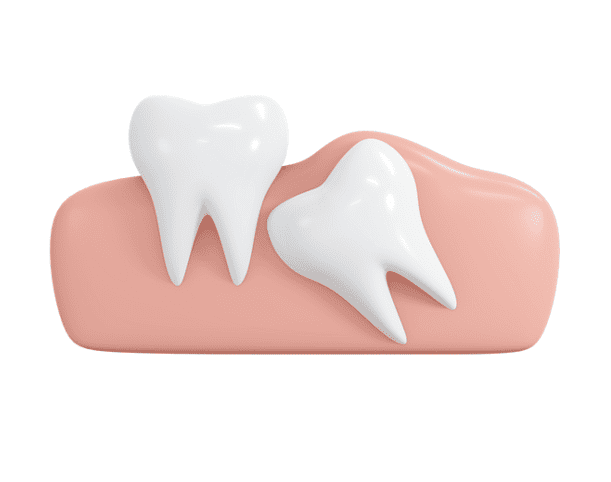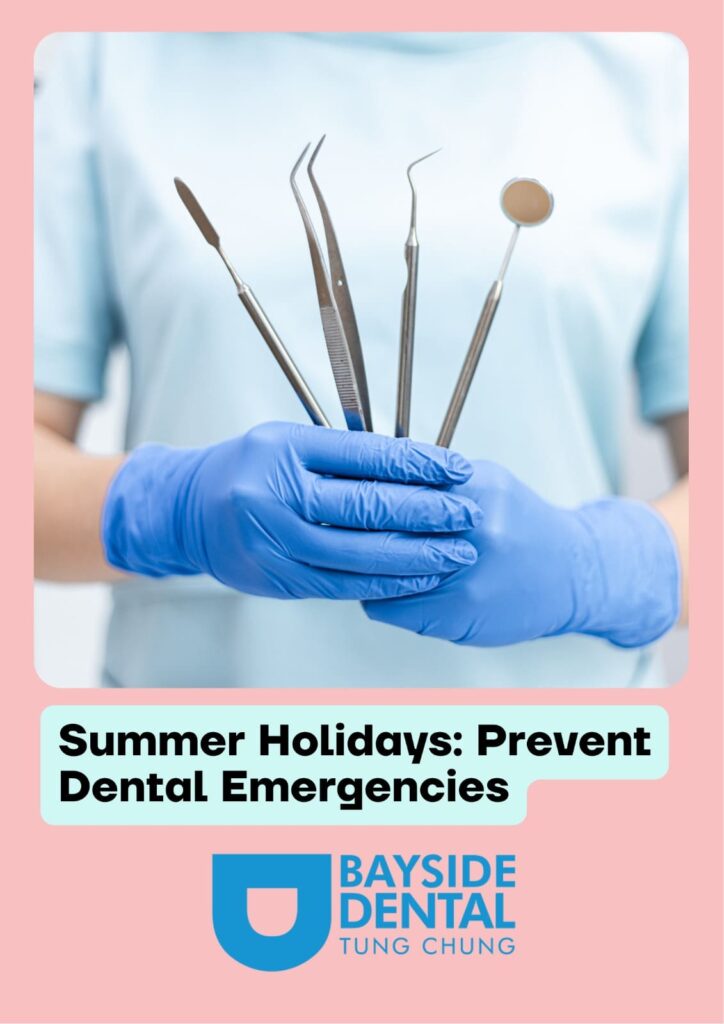
Complete Guide to Braces: 2025 Latest Braces Prices, Procedures, and Types
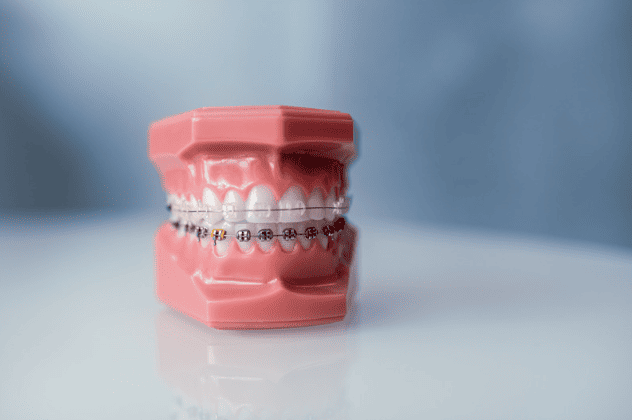
What Are Braces? Basic Knowledge of Braces
“Braces” refer to orthodontic treatment that uses dental appliances to adjust the position of teeth, correct irregular alignment, and fix bite issues. This enhances the beauty of your smile and significantly improves oral health by lowering the risk of cavities and gum disease.
Today, braces are not only for children and teenagers—many adults also choose braces to improve their appearance and functionality. With technological advancements, options now range from traditional metal braces to invisible aligners, providing diverse solutions to suit various needs. Braces are a perfect blend of aesthetics and health.

Why Do People Need Braces? 4 Common Reasons for Getting Braces
Crowded or Misaligned Teeth
When teeth are too close together, there is less space between them, making cleaning difficult and increasing the risk of cavities. Crowded teeth can also create discomfort in the mouth, making chewing difficult.
Bite Problems
Issues like overbites (upper jaw protrusion) or underbites (lower jaw protrusion) can affect chewing, speech, and even put pressure on the jaw joints, potentially leading to pain or discomfort.
Open Bite or Deep Bite
An open bite occurs when the upper and lower teeth do not meet completely, while a deep bite means the upper teeth excessively cover the lower teeth. These conditions can make eating challenging and increase tooth wear.
Gaps Between Teeth
Large gaps between teeth not only affect appearance but also trap food easily, leading to inflammation and gum disease.

How to Determine if You Need Braces?
Not everyone requires orthodontic treatment, but if you experience any of the following, it’s advisable to seek professional evaluation to ensure both oral health and appearance:
Crowded or Misaligned Teeth
If you notice that your teeth are overlapping or overly close, orthodontic treatment may help realign them for improved spacing.
Difficulty Cleaning Teeth
When it’s hard to reach certain areas while brushing, this may be due to misaligned/crowded teeth. Poor cleaning access can increase risks of cavities and gum disease.
Chewing Problems with Open bite / Cross Bite
If you feel discomfort while chewing or notice misalignment in your bite, this could indicate bite issues, leading to unusual wear on teeth over time.
*If any of these conditions apply to you, consider discussing orthodontic treatment with a professional dentist to prevent potential health issues.
Main Types of Braces and Treatment Options
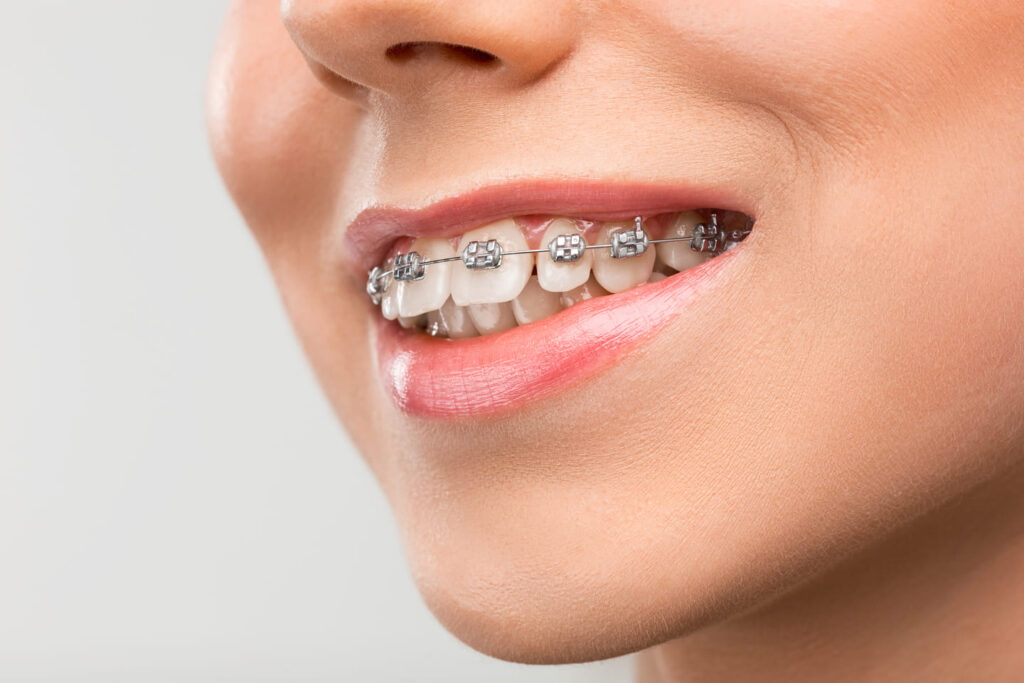
Traditional Metal Braces
This is the most common orthodontic option, using metal brackets and wires to apply pressure on the teeth for realignment. These braces are durable and work quickly but are more visible.
Ceramic Braces
Ceramic braces have a color closer to natural teeth, making them less noticeable than metal braces. However, they are more prone to staining and tend to be more expensive, suiting patients who want aesthetics but cannot use invisible aligners.
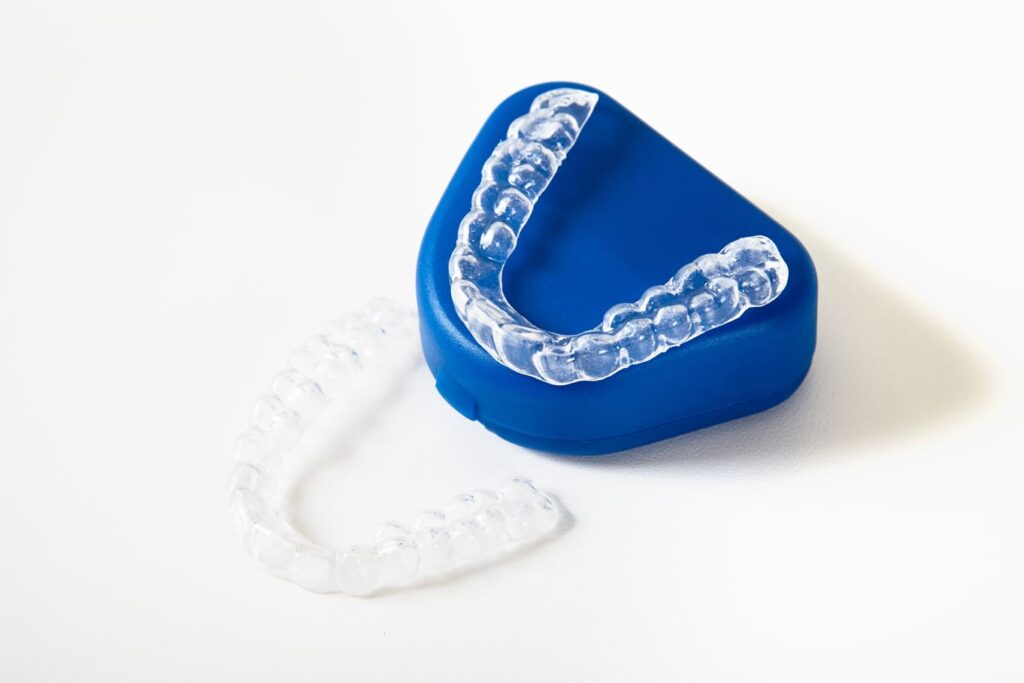
Invisible Aligners
Aligners like Invisalign are made of medical-grade clear plastic, making them nearly invisible. They are ideal for adults who want a professional appearance, though they may not be suitable for highly complex cases.
Learn more about Invisible Aligners ->
Self-Ligating Braces
Built with a self-ligating mechanism, these braces require fewer adjustments during the treatment period, providing a more comfortable experience. They are suitable for patients looking to shorten treatment time.
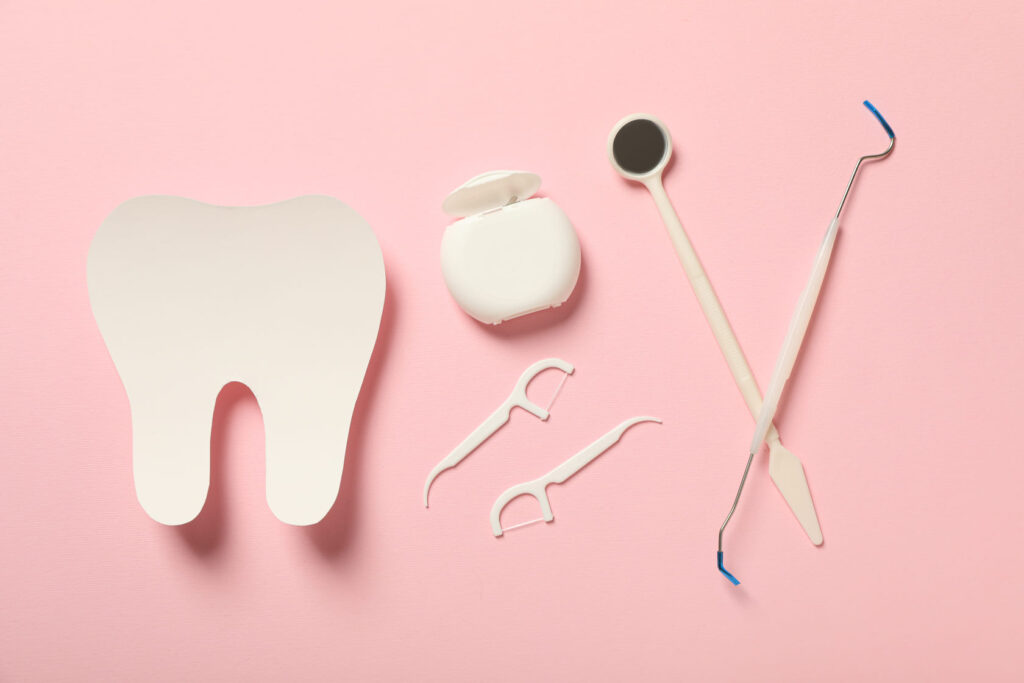
Complete Braces Procedure and Steps
Getting braces typically takes 1–2 years, depending on the condition of the teeth. Here are the basic steps:
1. Initial Assessment
Before treatment, the dentist conducts a thorough examination, including X-rays and creating a model of your teeth, to better understand the structure and alignment issues.
2. Treatment Plan
Based on the examination, the dentist devises a personalized treatment plan, outlining target adjustments, timeline, and type of braces. This is a good time to discuss your options and expectations with the dentist.
3. Fitting the Braces
At the start of treatment, brackets are bonded to the tooth surfaces, and wires connect each bracket. These appliances apply a gentle and continuous pressure, gradually moving the teeth to their ideal positions.
4. Regular Adjustments
Patients need to return every 4–6 weeks for adjustments, which continue moving the teeth towards the desired alignment.
5. Removing Braces and Using Retainers
Once alignment is complete, the braces are removed, and a retainer is provided to prevent teeth from shifting back. Retainers typically need to be worn for months or even years to maintain alignment.
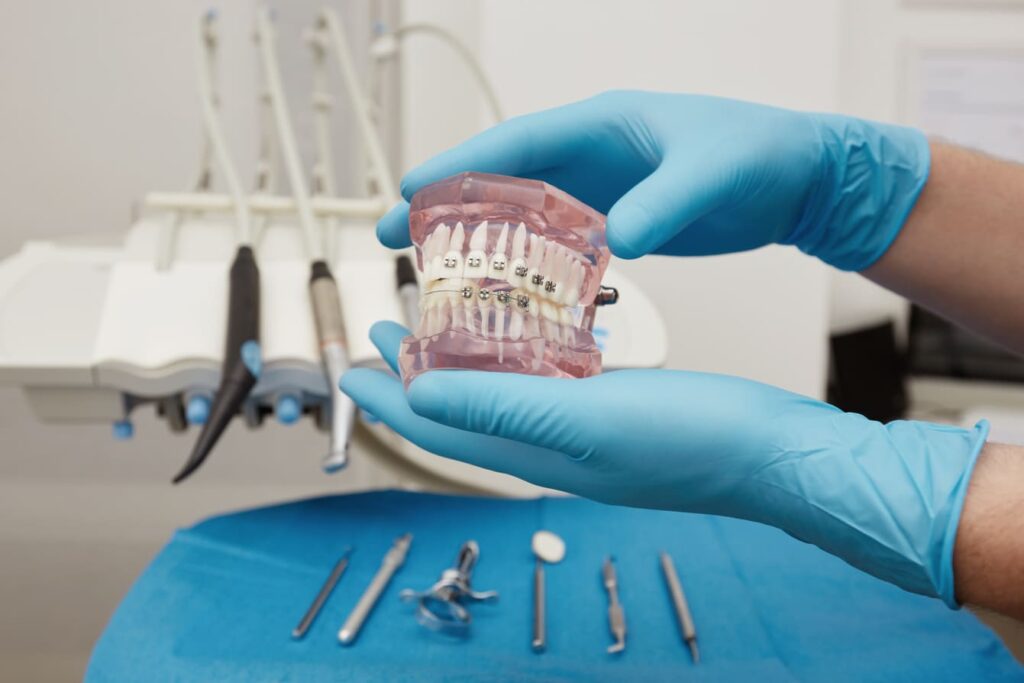
Braces Costs and Influencing Factors
Dentist’s Experience
Experienced dentists may charge higher fees but tend to deliver better results, accurately predicting treatment time and outcomes for a better experience.
Type of Braces
Different braces types come with varying materials and production costs. Invisible aligners and ceramic braces are often more expensive, while traditional metal braces are more affordable.
Complexity of the Correction
More complex misalignments require more time and adjustments, increasing costs. Severe bite issues or significant repositioning may raise treatment expenses.
Braces Care Tips
Oral Hygiene
Maintaining good oral hygiene is essential during braces treatment. Food residue can easily get trapped, so it’s crucial to clean thoroughly using a small-head toothbrush or orthodontic brush, floss, and mouthwash.
Adjust Diet
Avoid hard or sticky foods like nuts and candy, as they can damage the braces. Also, steer clear of dark-coloured foods and beverages, such as coffee and red wine, to prevent staining.
Regular Appointments and Retainer Use
Keeping regular appointments is crucial for smooth progress, and the retainer should be worn as instructed to retain the alignment achieved.
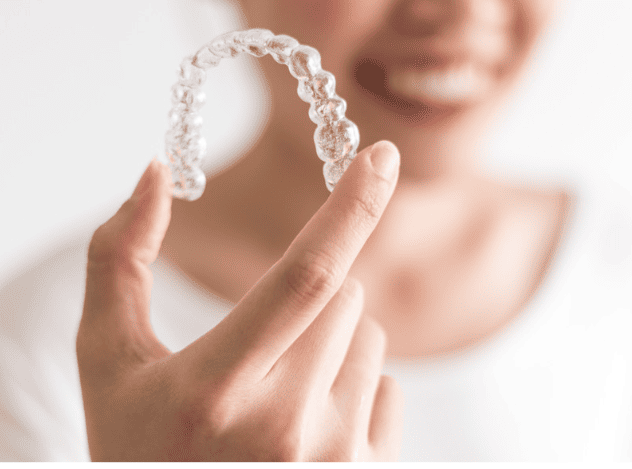
Long-Term Impact of Braces on Life
Boost Confidence
Straighter teeth and a beautiful smile can greatly increase confidence, enhancing social and professional interactions.
Improved Bite Function
Proper bite alignment improves chewing and reduces issues associated with misaligned jaws, like headaches or jaw pain.
Lower Risk of Cavities and Gum Disease
Aligned teeth are easier to clean, reducing food residue and the likelihood of cavities and gum disease.
Conclusion
Braces provide lasting benefits, improving both aesthetics and oral health. We hope this guide offers sufficient information to help you make an informed decision on orthodontic treatment.
Frequently Asked Questions About Braces Orthodontic
How long does braces orthodontic treatment take?
Braces Orthodontic Treatment typically lasts from 12 to 24 months, depending on the complexity of your case.
Are braces orthodontic painful?
While there may be some discomfort after fitting or adjustments, pain can usually be managed with over-the-counter pain relievers.
Can adults get braces?
Yes, braces orthodontic treatment is suitable for all ages, and many adults choose braces or Invisalign to achieve a straighter smile.
How often do I need to visit the orthodontist?
Patients generally need to visit once a month for adjustments and monitoring.
What happens if I don’t wear my retainer?
Failing to wear your retainer can lead to teeth shifting back to their original positions, negating the benefits of your braces orthodontic treatment.
Disclaimer
This article is for informational purposes only and does not constitute professional dental advice. If you require dental treatment or related information, we recommend consulting a professional dentist registered with the Dental Council of Hong Kong to obtain advice and diagnosis tailored to your individual needs.
While we strive to provide accurate and reliable information, we do not guarantee the completeness or timeliness of the content. The information provided should not be considered a substitute for professional dental advice, diagnosis, or treatment. If you have any concerns, please consult your dentist or other qualified healthcare professional and follow their recommendations.

Bayside Dental Tung Chung – Your Trusted Dental Care!
Our expert team is here for emergency and routine care to keep your smile healthy. Call or WhatsApp us today!
- Emergency Contact: +852 2185 6550
- After Hours: +852 6071 4530
- WhatsApp: +852 5915 5118


